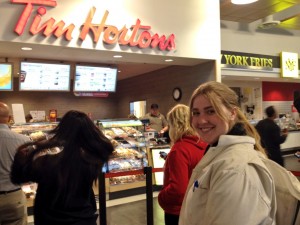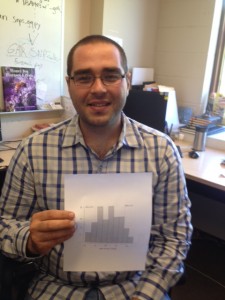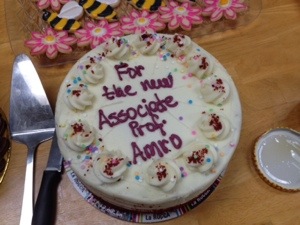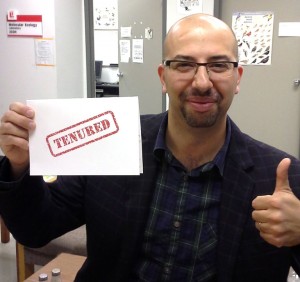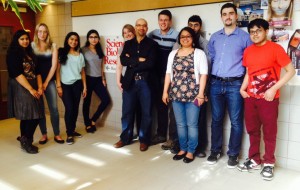Just as the FIFA world cup winds down, the world cup of social insects starts in Cairns, Australia! The International Union for the Study of Social Insects (IUSSI) holds an international congress every 4 years. If you happen to be in Cairns – or if you want a good excuse to visit Cairns …. other than the barrier reef, tropical weather, rainforest, nice folks…. come check out the IUSSI Congress from the 13th to the 18th of July.
Lab members are on 5 presentations, including:
OR166
Molecular evolution of the honeybee brain transcription regulatory network. Daria Molodtsova, Amro Zayed, Tuesday, Meeting Room 4, 11:30 am
[I’ll probably give that talk as Daria can’t make it]
OR222
Population genomics of the honeybee, Apis mellifera. Brock Harpur, Clement Kent, Amro Zayed, Wednesday, Meeting Room 2, 11:00 am
OR282
Population genomic approaches for studying the evolution of sociality. Amro Zayed, Thursday, meeting room 3, 10:45 am
OR388
Seek and Ye Shall Find: Seeking selection for sociality. Clement Kent, Amro Zayed, Karl Glastad, Karen Kapheim, Friday, Meeting Room 4, 11:00 am [Former postdoc Dr. Clement Kent will be talking about a Robinson/Kapheim/Goodisman/Zayed lab collaboration]
OR385
SNP identification of Africanized honeybees. Nadine C Chapman, Julie Lim, Amro Zayed, Tom E Rinderer, Ben P Oldroyd, Friday, Meeting Room 3, 14:15 [Nadine is woking with Dr. Oldroyd, and will be presenting on an Oldroyd/Zayed lab collaboration]
hope to c ya in Cairns!
Amro
